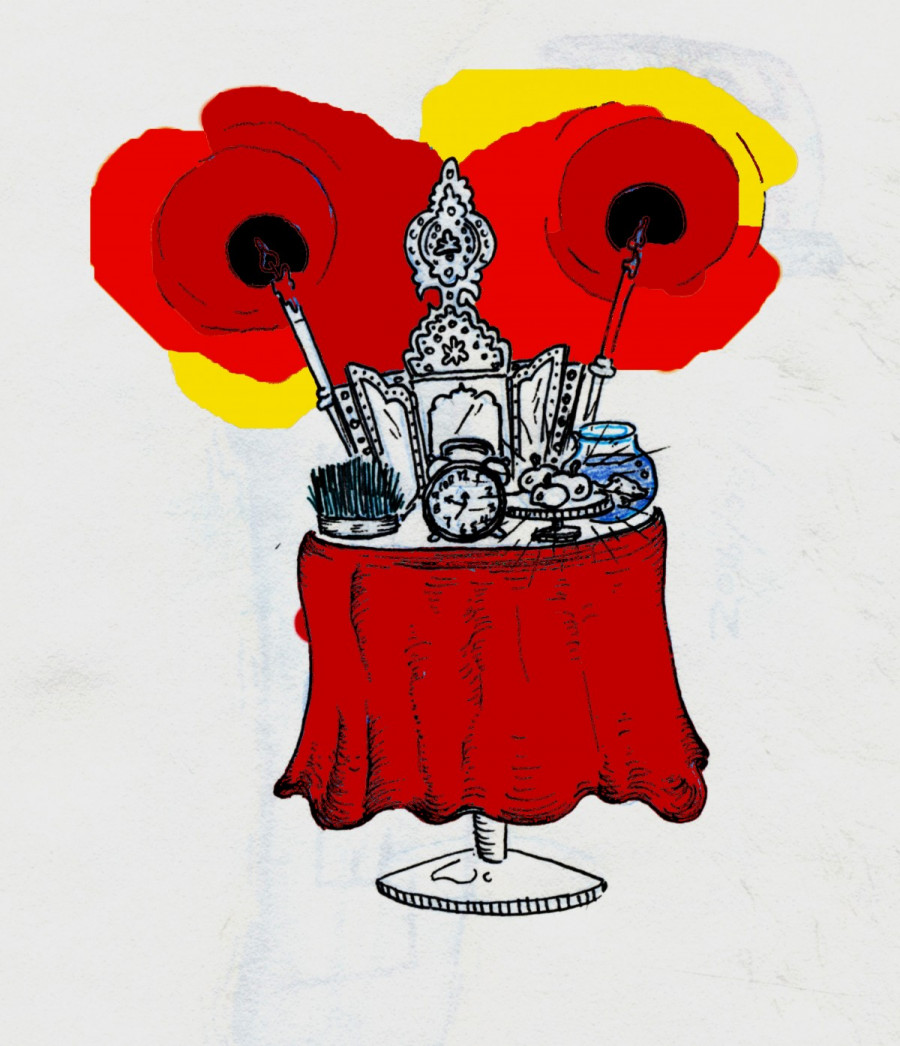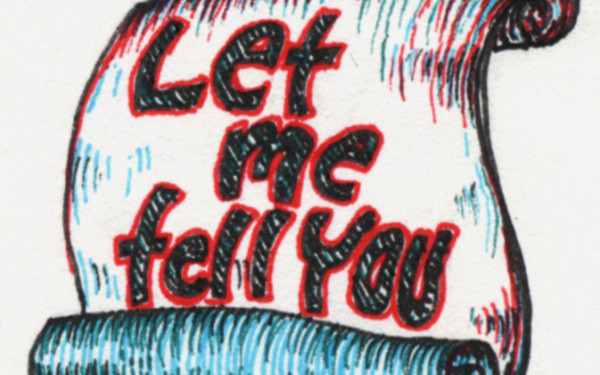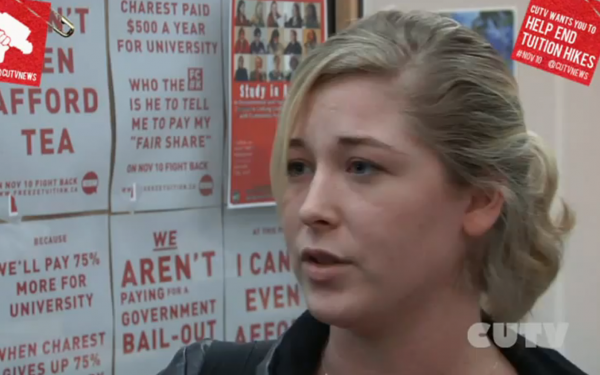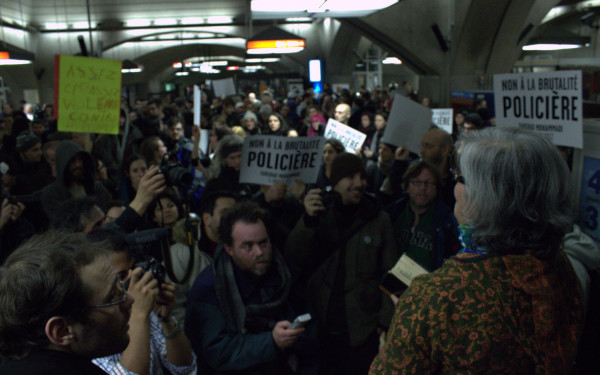Letter: Celebrating Persian New Years, Nowruz, and Spring
Nowruz is the traditional Iranian New Year, initiated in Ancient Iran.
Apart from Iran, the celebration has spread to many other parts of the world, especially the parts which belonged to the Greater Iran such as Azerbaijan, Afghanistan, and Tajikistan.
Nowruz also marks the first day of spring. It is celebrated on the astronomical vernal equinox, which usually occurs on March 21 or the previous/following day depending on where it is observed. The moment the sun crosses the celestial equator and equalizes night and day is calculated every year, and families gather together to observe the rituals. Typically, family members gather around a table with the Haft Seen on the table and they wait for the exact moment of the arrival of spring. At that time, gifts are exchanged.
Haft Seen means the seven S’s. The traditional Haft Seen table includes seven items starting with the letter “S,” or Seen in the Persian alphabet. The Haft Seen items are:
- Sabzeh: wheat, barley or lentil sprouts growing in a dish—symbolizing green environment, happiness and rebirth
- Samanu: a sweet pudding made from germinated wheat—symbolizing affluence
- Senjed: the dried fruit of the oleaster tree—symbolizing firmness and tolerance
- Sīr: garlic—symbolizing health
- Sīb: apples—symbolizing beauty and love
- Somaq – sumac berries—symbolizing patience
- Serkeh: vinegar—symbolizing development and evolution
There are lit candles, symbolizing enlightenment and sunrise; a mirror, symbolizing cleanliness and honesty; decorated eggs, symbolizing fertility; a bowl of water with goldfish, symbolizing life within life; and the sign of Pisces which the sun is leaving.
Nowruz is the most important holiday in Iran. Preparations for Nowruz begin in the last month of winter in the Persian solar calendar. Persians start preparing for the Nowruz with a major spring cleaning of their houses. On New Year’s Day, families dress in new clothes and start the twelve days of celebrations by visiting senior family members, then the rest of the family and friends. During the short house visits which are usually reciprocated, they serve their visitors tea, pastry, cookies, fruits, and nuts.
On the 13th day, families leave their homes and picnic outdoors. This day is called Sizdah Be-dar which figuratively means “Passing the bad luck of the thirteenth day.”
This year Nowruz will happen Sunday, March 20 at 8:00:12 a.m. in local time (March 20 at 12:30:12 am in EST).


_600_832_s.png)




